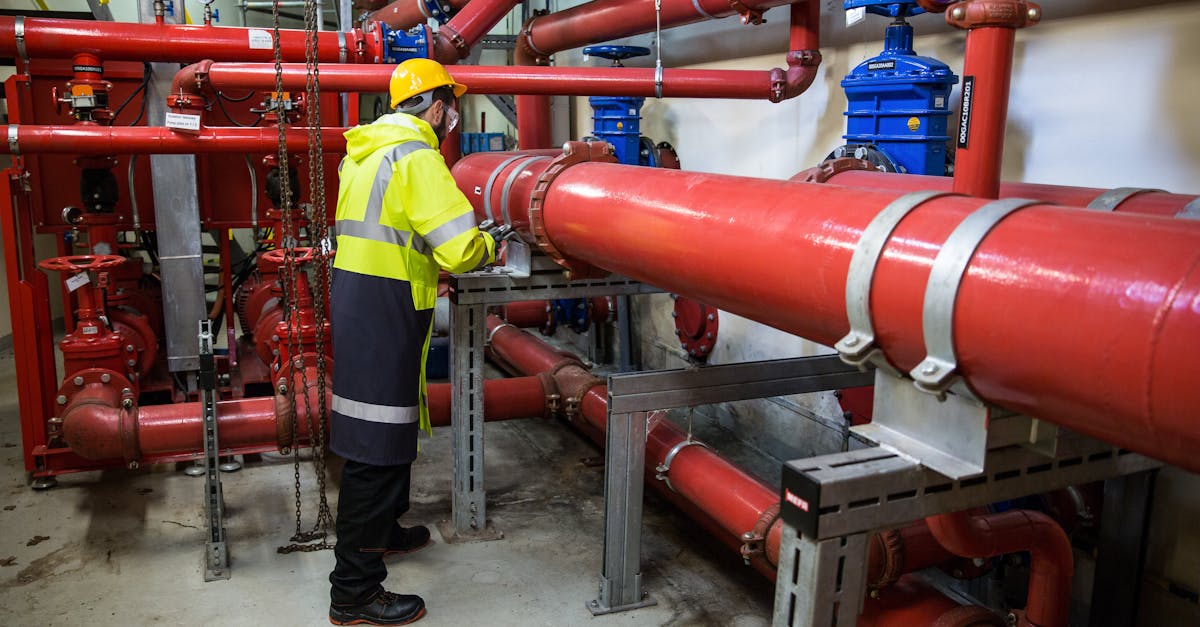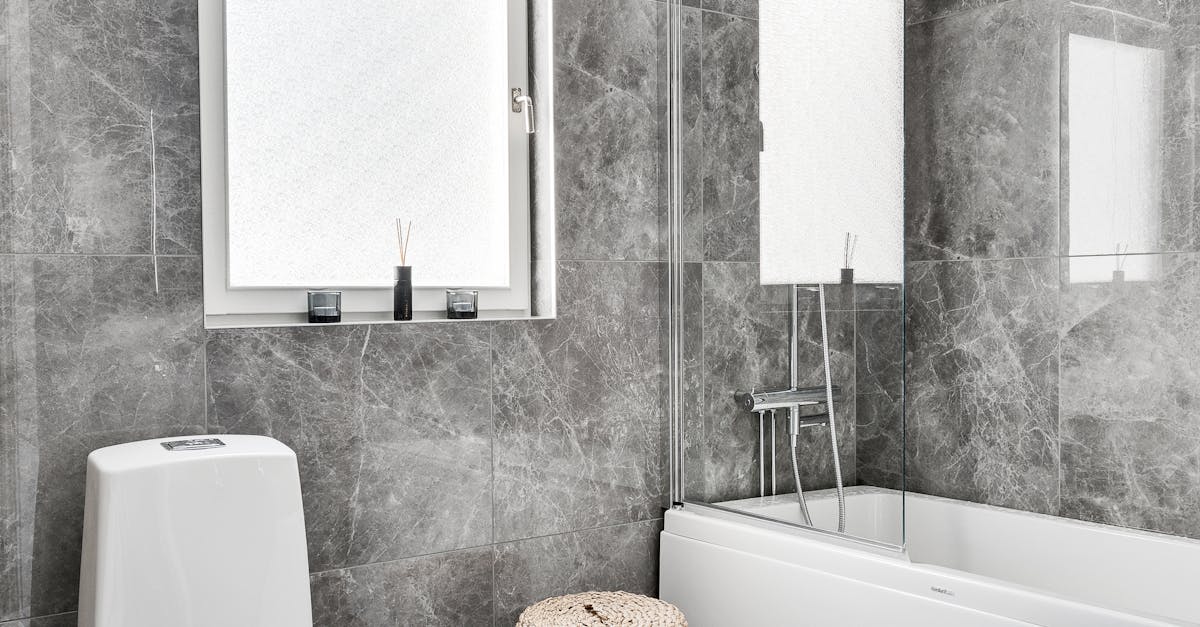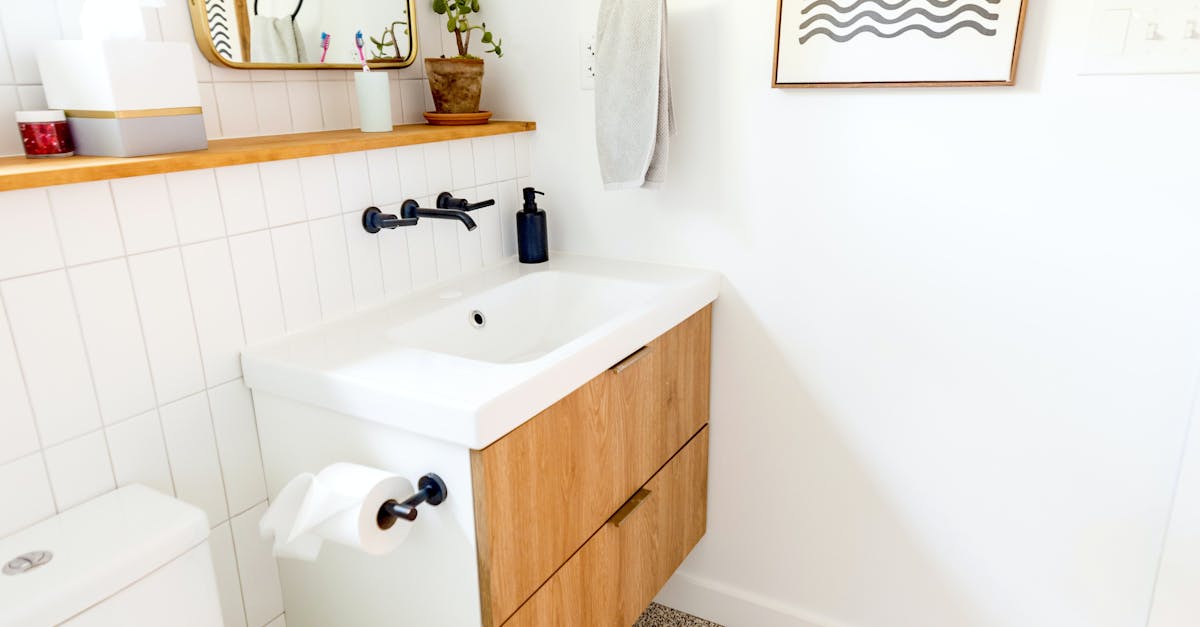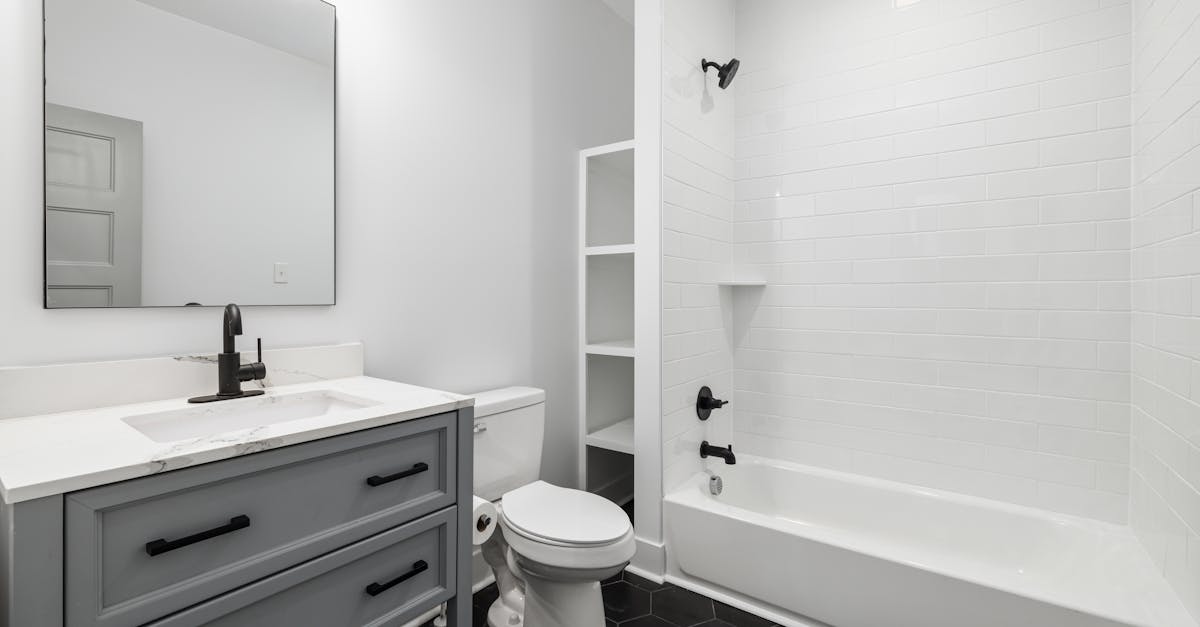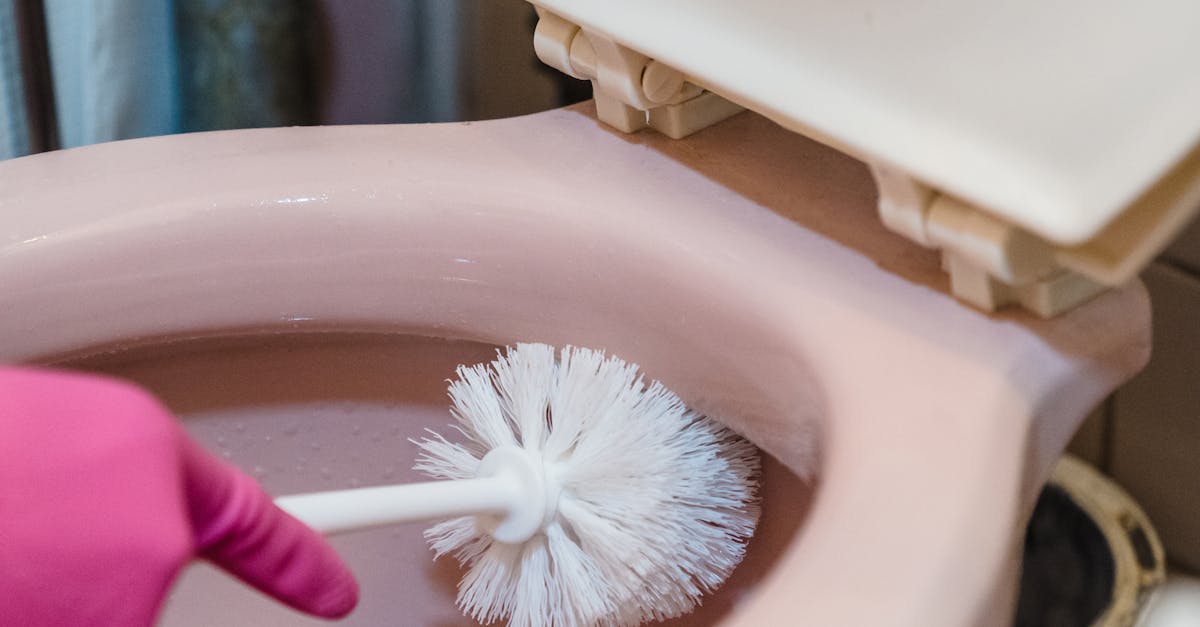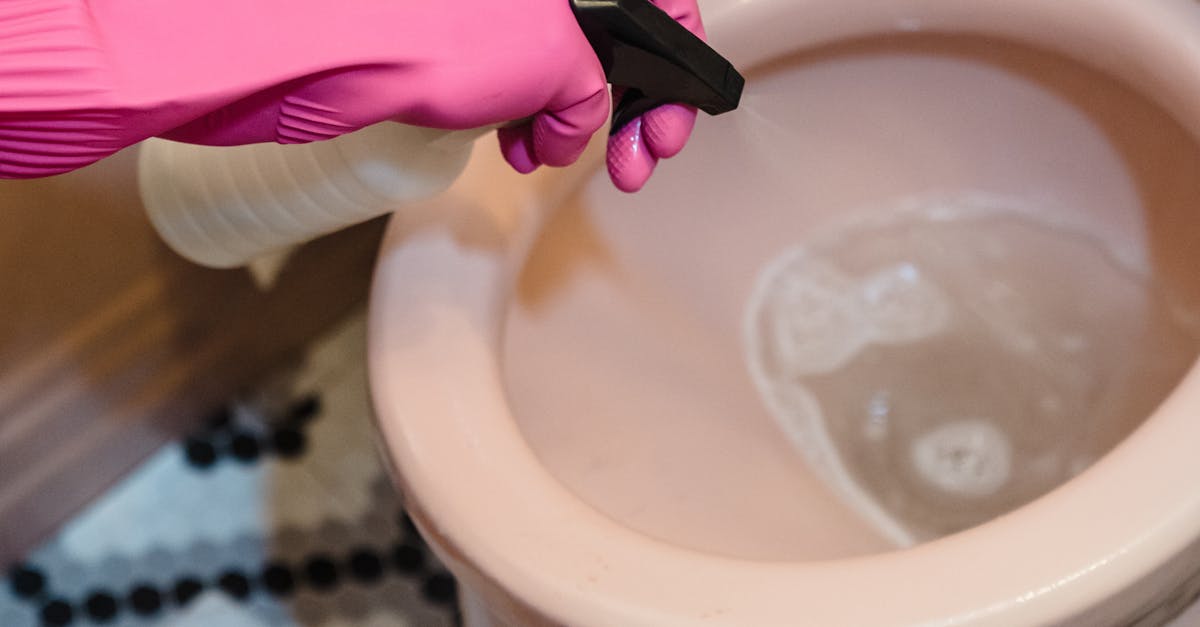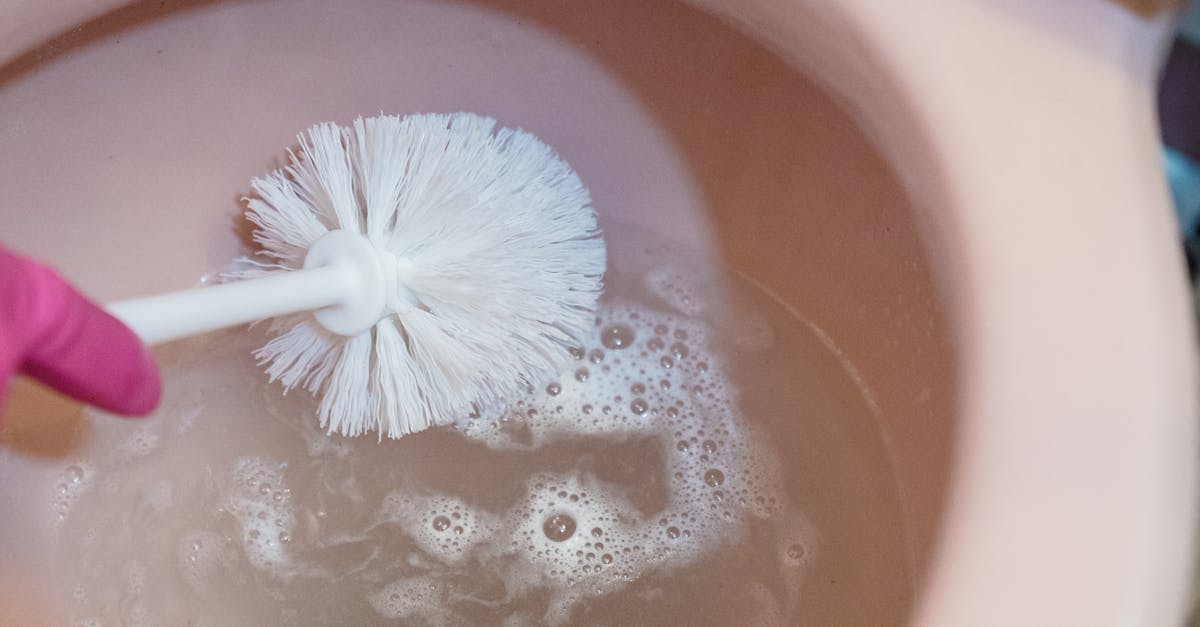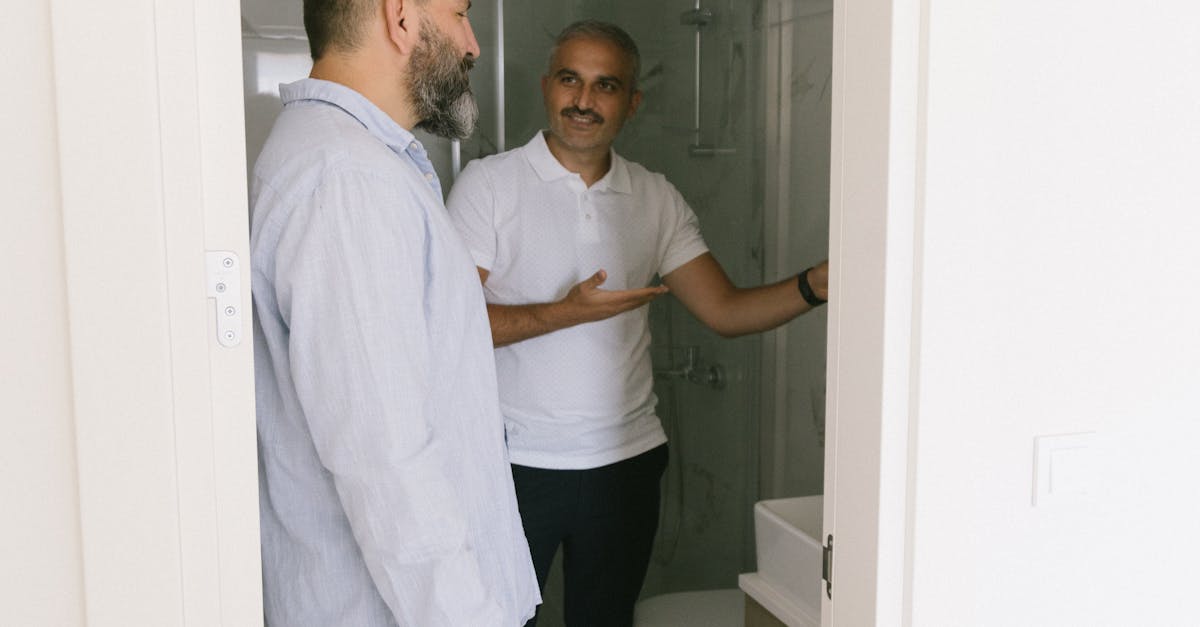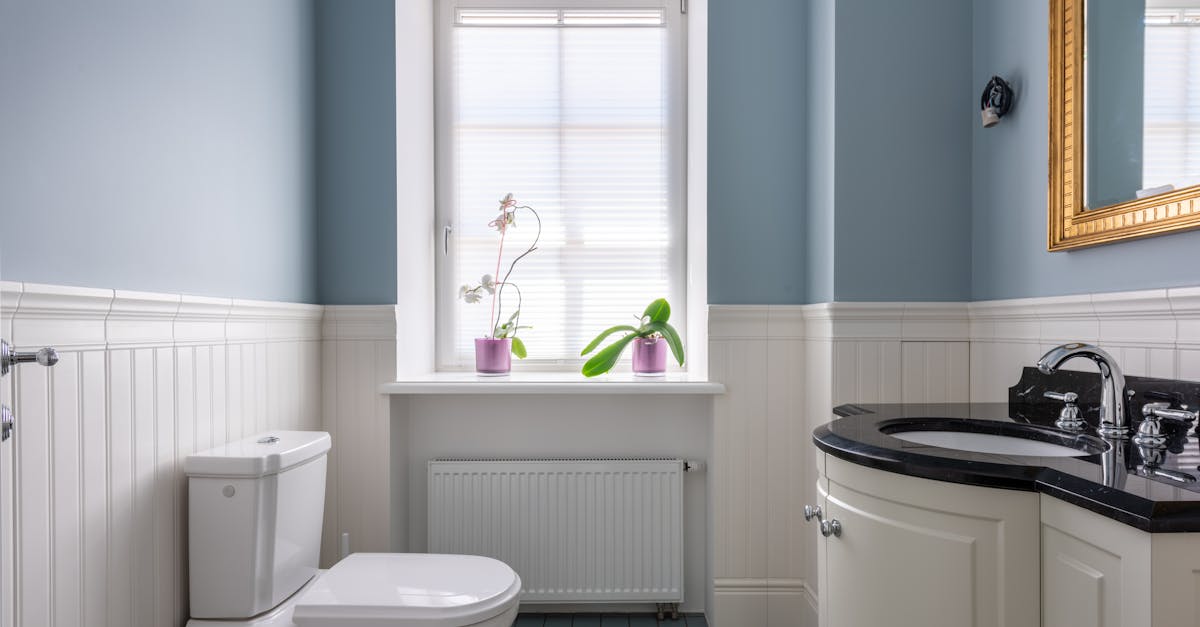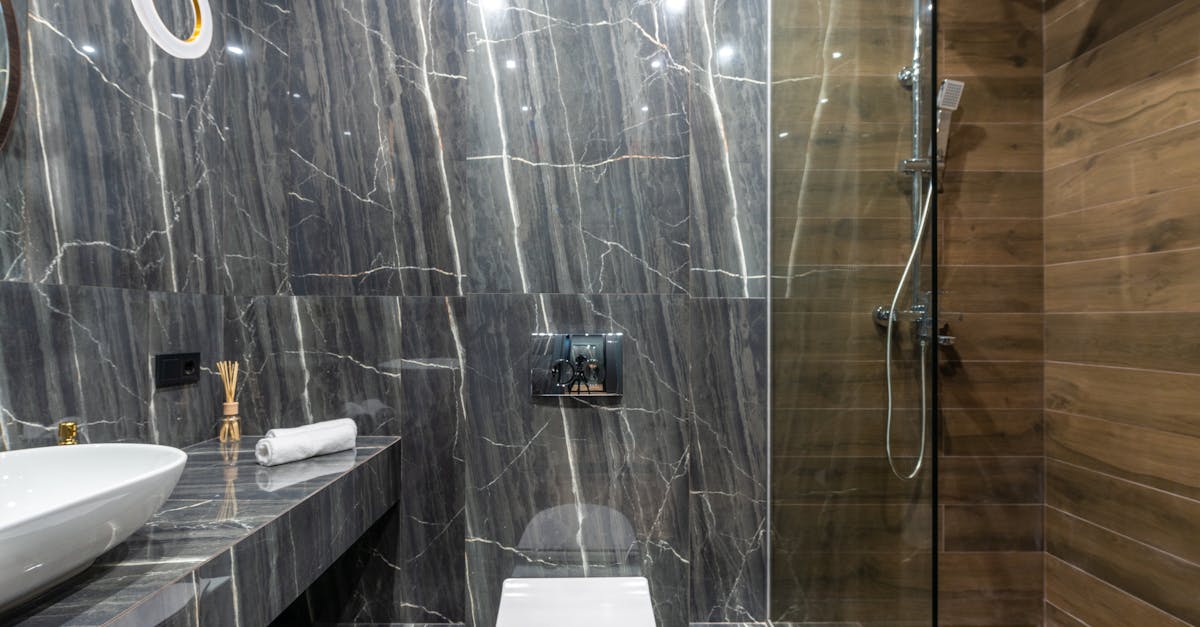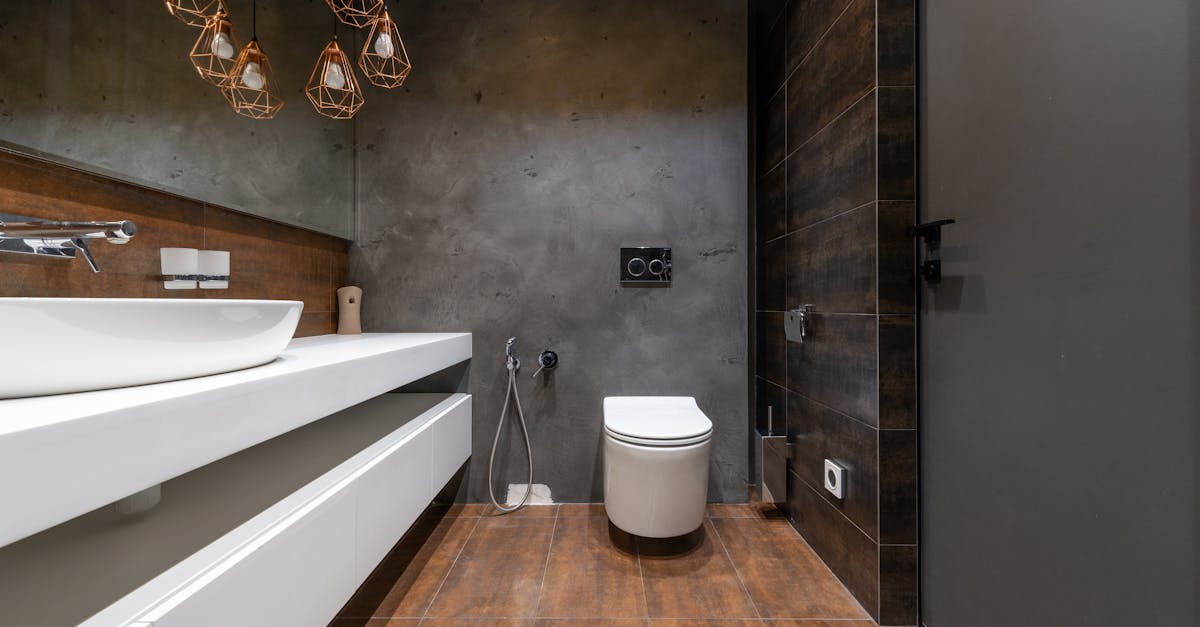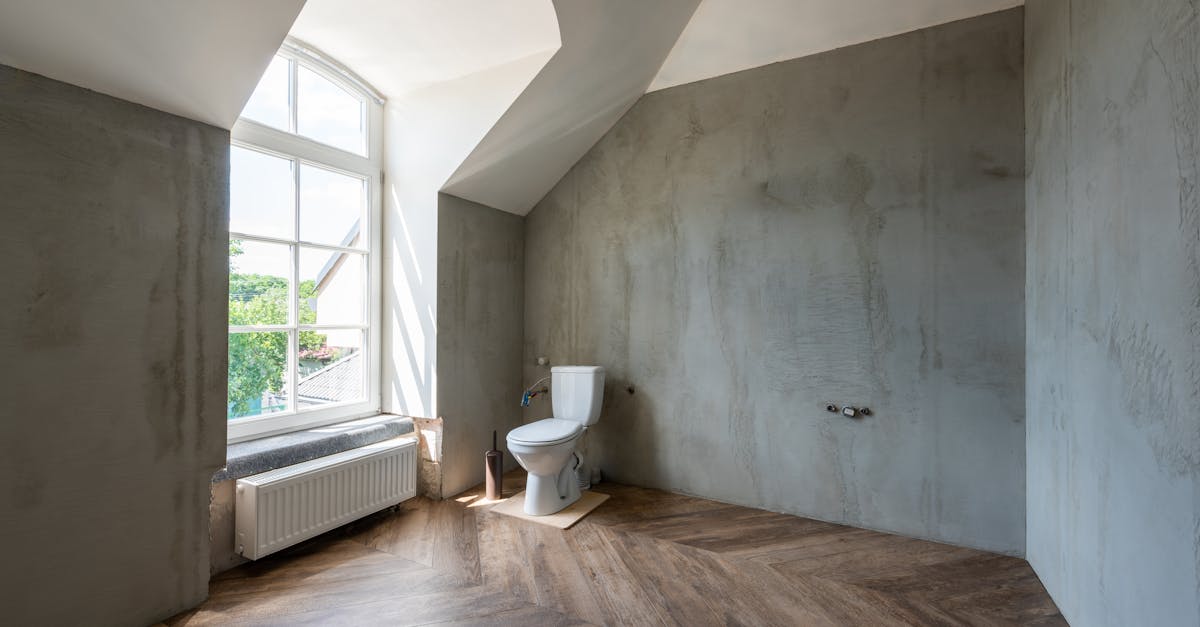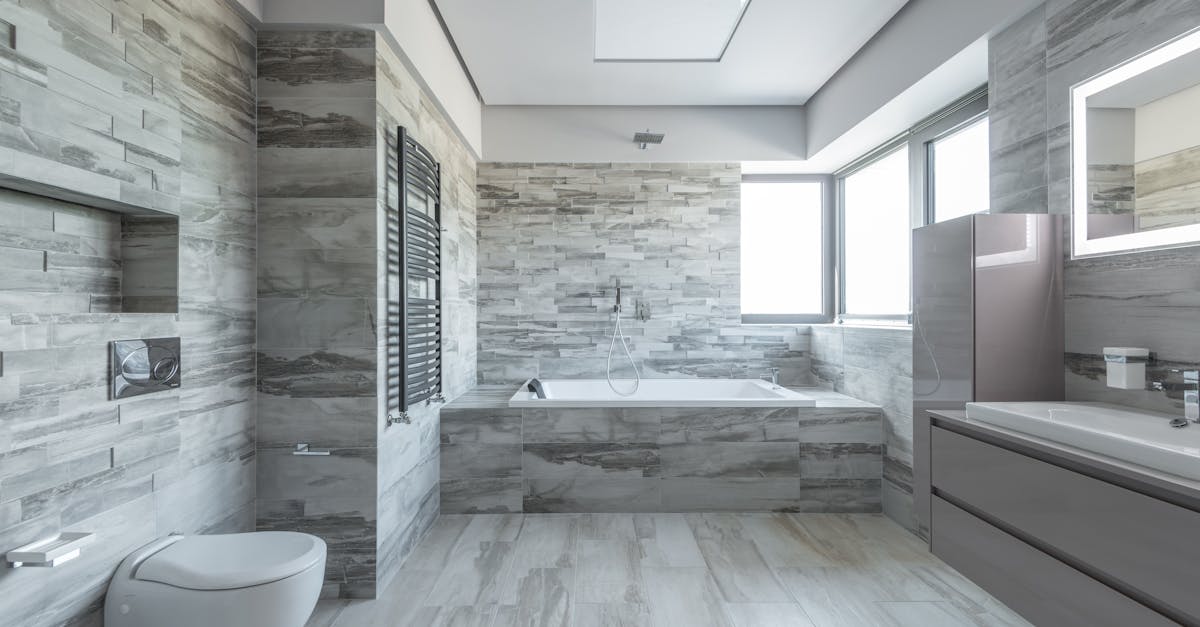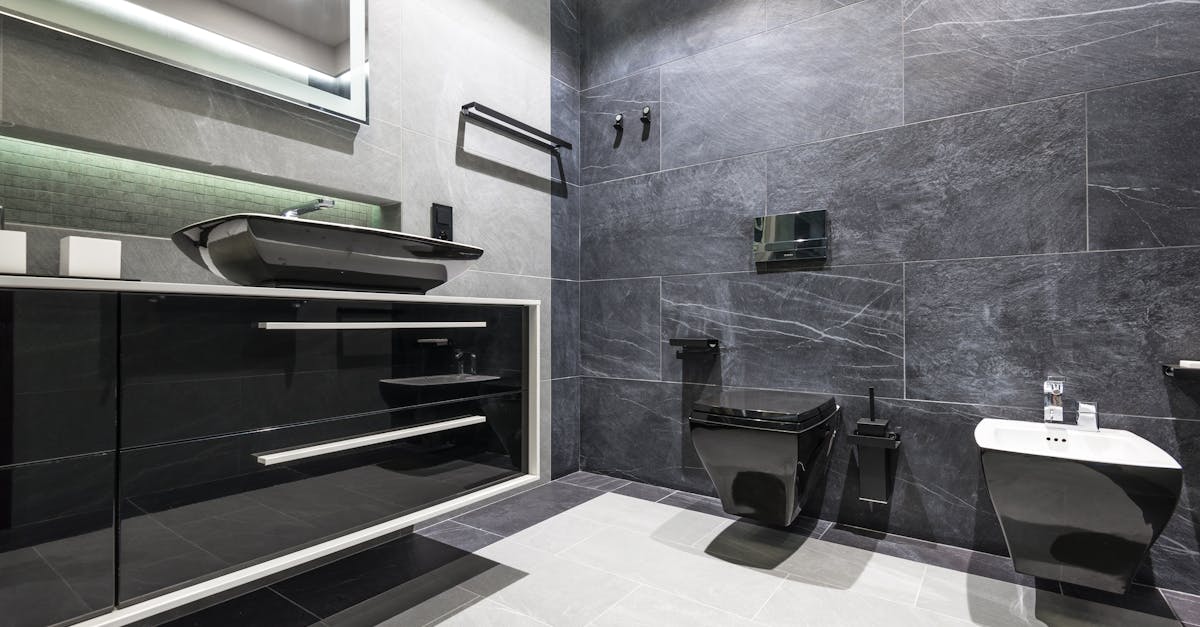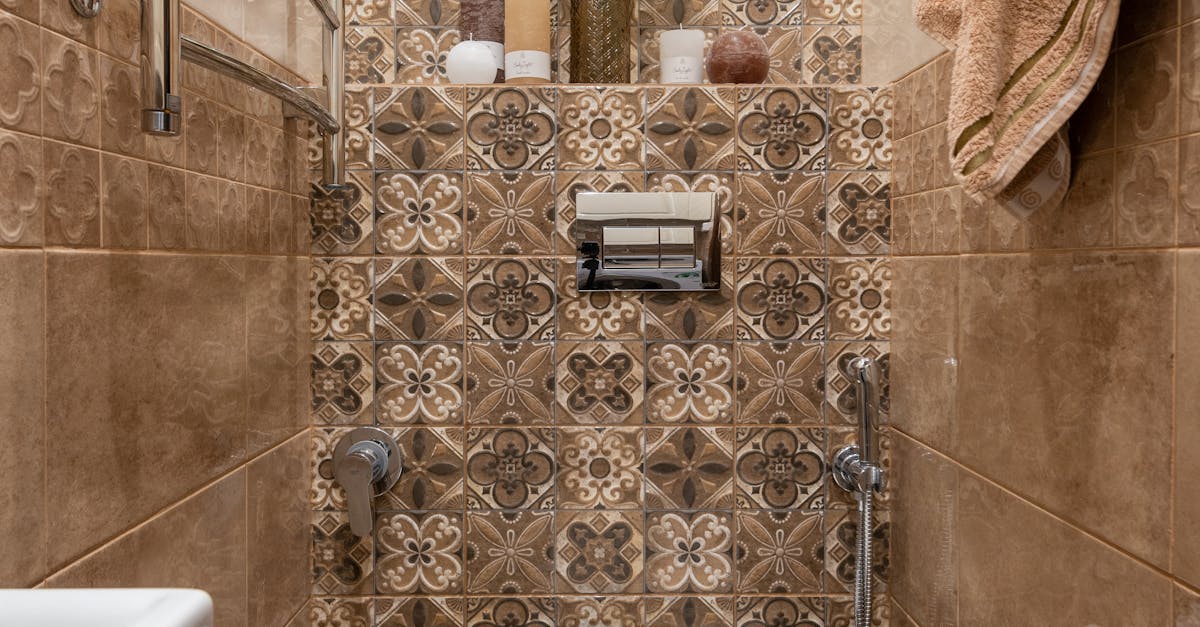
Table Of Contents
Repairing a Wobbly Toilet
A wobbly toilet can be both annoying and potentially damaging to the floor beneath it. Often, the problem arises from loose bolts at the base of the toilet. To secure the base effectively, start by checking the bolts that attach the toilet to the floor. Tighten them gently with a wrench, taking care not to over-tighten, as this could crack the porcelain.
If tightening the bolts doesn’t resolve the wobble, you may need to consider placing shims under the toilet. Shims, which can often be made from plastic or wood, fill the gaps between the toilet's base and the floor. Once you've added the shims, recheck the bolts to ensure everything is secure. Regular maintenance and these simple toilet repairs can help prolong the lifespan of your toilet and prevent any further issues.
Securing the Base Effectively
When tackling toilet repairs, ensuring a stable base is crucial to prevent future issues. Start by checking the toilet bolts, which secure the base to the floor. If these bolts are loose, simply tighten them using a wrench. Be careful not to overtighten them, as this could crack the porcelain. If the bolts are corroded or damaged, consider replacing them to achieve a secure and lasting fix.
In cases where the toilet continues to wobble despite securing the bolts, you might need to use shims. Place plastic or wooden shims under the base of the toilet on the uneven side. This will stabilise the fixture and help to distribute weight evenly. Once the toilet is level, cut off any excess shim material and seal the base with silicone caulk. This not only provides added stability but also prevents water from seeping underneath during toilet repairs.
Unblock a Toilet without a Plumber
Dealing with a clogged toilet can be frustrating, but many common blockages are manageable without a professional plumber. Start by assessing the situation. If you can see the obstruction, a simple toilet auger can be an effective tool to break it up. Alternatively, if the blockage is located further down the line, a plunger is often your best bet. Use a flange plunger for optimal effectiveness, ensuring a tight seal around the bowl. With a few firm pumps, you may restore the flow without needing extensive toilet repairs.
In some cases where plunging doesn’t clear the blockage, consider a homemade solution. Pouring a mix of baking soda and vinegar down the bowl can help to dissolve minor clogs. Allow the solution to sit for about 30 minutes, then flush the toilet. If this method works, it saves you from more invasive toilet repairs. Remember, persistent issues might suggest a more serious plumbing problem, but with some basic steps, many clogs can be resolved at home.
Safe Methods for DIY Unclogging
When tackling a clogged toilet, there are several safe methods to consider before calling a plumber. A plunger is often the first tool to use. Opt for a flange plunger, as it’s specifically designed for toilet bowls. Create a seal around the drain and push down firmly before pulling up sharply. Repeat this several times to dislodge the blockage. If a plunger doesn’t work, a toilet auger can be effective. This tool reaches further into the drain, allowing you to break up stubborn clogs without causing damage to the toilet.
If the blockage persists, try using baking soda and vinegar as an eco-friendly alternative. Pour one cup of baking soda into the toilet bowl, then follow with one cup of vinegar. Allow the mixture to sit for about 30 minutes. This combination can help break down any organic material causing the clog. Ensure you flush the toilet afterward for a thorough clean. These methods are part of routine toilet repairs, allowing homeowners to resolve issues inexpensively and efficiently.
How to Fix a Toilet Tank that Won't Fill
A toilet tank that refuses to fill can be frustrating. Begin by checking the water supply valve located near the wall behind the toilet. Turn the valve counterclockwise to ensure it is fully open. Sometimes the valve can partially close, restricting water flow. If the valve is functioning well, inspect the fill tube, which connects the tank to the shut-off valve. This tube should not be kinked or clogged, as it could prevent water from entering the tank.
If the fill tube is clear and the valve is open, the issue might lie within the tank itself. Check the float mechanism, as it dictates the water level in the tank. A malfunctioning float can halt the filling process. Adjust the float’s height or replace it if necessary. Addressing these aspects is essential when undertaking toilet repairs, as resolving these issues can lead to a fully functional toilet once again.
Troubleshooting Water Supply Issues
When a toilet tank refuses to fill, it often indicates a problem with the water supply. The first step is to ensure that the shut-off valve, typically located behind the toilet, is fully open. If the valve is closed or partially open, it will restrict the flow of water into the tank. Inspect the water supply line for any visible leaks or kinks that might impede water flow. If these checks don’t resolve the issue, the problem could lie further up the line, necessitating more extensive toilet repairs.
Another factor to consider is the float mechanism inside the tank. If it is stuck or misadjusted, it can cause the tank to remain empty. A simple adjustment may be all that is needed to restore normal function. Additionally, sediment build-up in the fill valve can also lead to reduced water flow. Cleaning or replacing the fill valve can be necessary for effective toilet repairs. Regular maintenance can help prevent these issues from arising in the first place, ensuring your toilet remains in good working order.
FAQS
Is it possible to repair a toilet without calling a plumber?
Yes, many toilet repairs can be done by homeowners without the need for a plumber, especially minor issues like wobbly toilets or clogs.
What tools do I need to fix common toilet problems?
Basic tools such as a wrench, screwdriver, plunger, and rubber gloves are often sufficient for common toilet repairs.
How can I tell if my toilet needs professional help?
If you encounter complex issues like significant leaks, persistent clogs that don’t respond to DIY methods, or problems with the plumbing system, it's best to call a plumber.
What are some safe methods to unclog a toilet on my own?
Using a plunger, a toilet auger, or a mixture of baking soda and vinegar are safe DIY methods for clearing a clogged toilet.
Can I fix a toilet tank that won't fill by myself?
Yes, you can troubleshoot and fix issues with a toilet tank that won’t fill by checking the water supply line, float mechanism, and fill valve.
